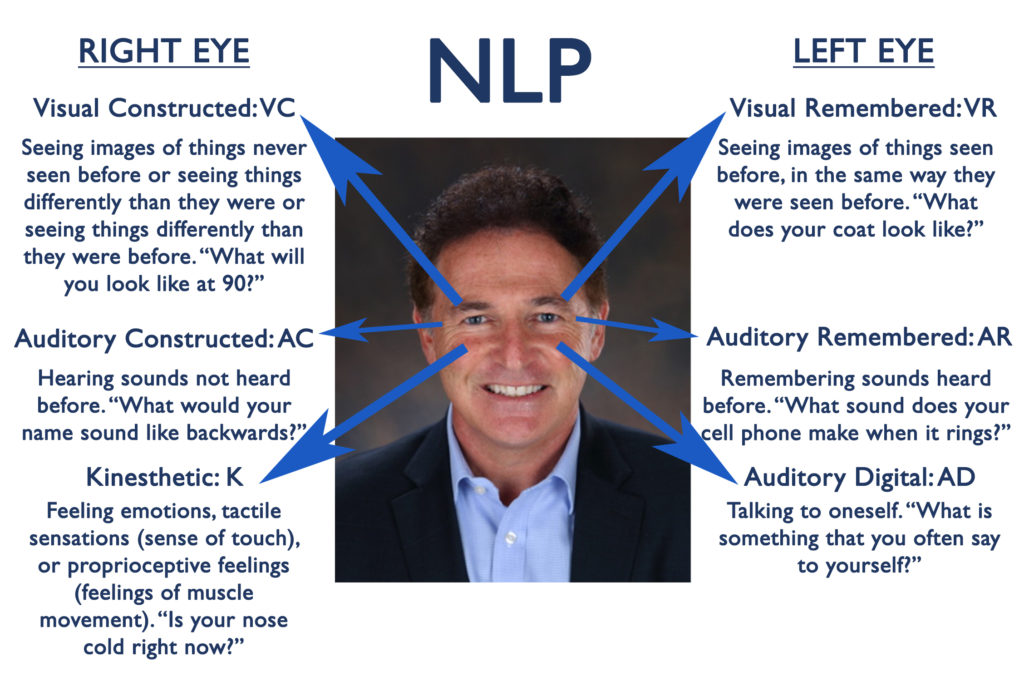
Tom Daddario
Licensed NLP Coach
As one of New Home Sales Plus' new home sales experts, I bring a new addition to our new home sales training repertoire with Neuro-Linguistic Programming (NLP). NLP is an approach to communication, personal development, and psychotherapy created by Richard Bandler and John Grinder in the 1970s. It uses active listening, word power, mirroring, getting to know your customer, and positivity to communicate, understand, and build relationships with existing clients and potential clients.
I received my NLP Practitioners Certificate from the LaValle Training group and one of the highlights of the seminar I attended for my certificate was the guest appearance of Richard Bandler, who trained the LaValle team. Mr. Bandler is credited with the discovery of NLP, so I have always believed I was very fortunate to receive this high level of training.
Over the ensuing years in my role as a sales manager, I successfully pieced together the parts of NLP that would benefit my sales team in a way they could understand and apply easily and quickly.
In December 2017, I decided to go back on the sales floor and try these techniques for myself. Did they work? Oh yeah!
Last year (2019), I was the top producer in our company with 35 sales equating to over $17 million in revenue!
Why am I telling you all of this? Well, we thought it would be a wonderful treat to have me share some of my techniques in a new blog series to introduce everyone to Neuro Linguistic Programming.
This is the first installment and it will focus on Eye Accessing; one of many ways we sort information. We have all heard the concept that people are either visual, auditory, or kinesthetic (feelers), but have probably not realized how gleaning this information early in the sales process could help us build rapport with our customers.
We understand this health situation is on everyone’s mind and you may not be seeing your client’s face-to-face, but NLP practices can still be used during these uncertain times.
Back to Eye Accessing for those that can still physically or virtually see their client’s eyes.
Look at the chart below and then the description under it for a better understanding of Eye Accessing:

Below is the explanation of each eye position (remember that right and left would be opposite as you look at your customer):
Wow, that’s confusing right? So, how do we break this down in a simple format to use on the sales floor?
To make it easier, start concentrating on identifying your customer's eye location when they are speaking. Make notes on your Guest Cards or in your CRM. It very common for each customer to have different sorting positions.
That's it! That's your first step to understanding Neuro Linguistic Programming. In our next blog, we will discover how to use this information once we identify it!

Best wishes and GREAT selling!
Tom Daddario
New Home Sales Plus Sales Trainer and Licensed NLP Coach